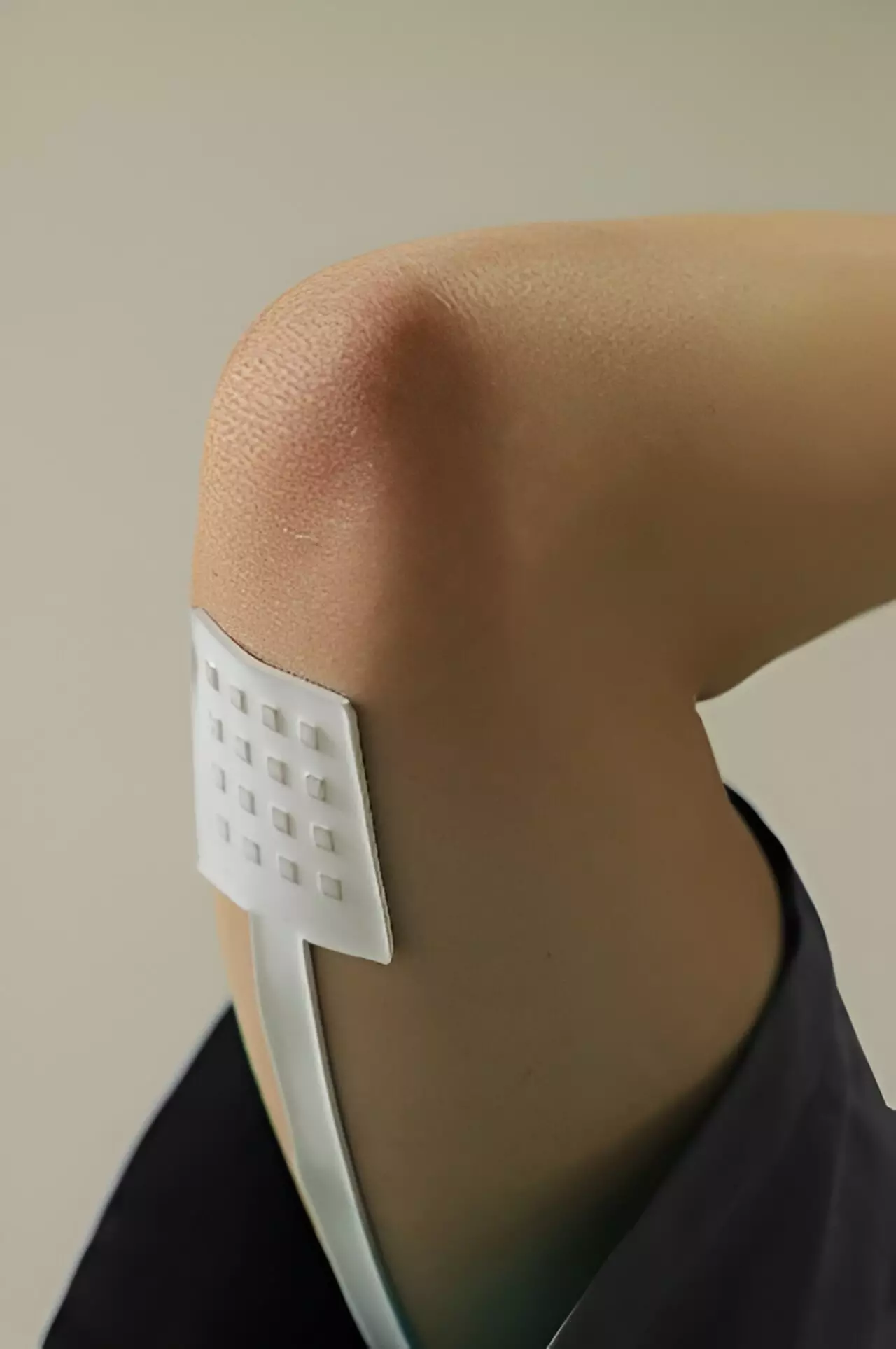Imagine a world where sensors can adhere to your skin, detecting various biomechanical signals with precision and flexibility. This futuristic technology is no longer just a dream, as recent research from Peking University has brought us one step closer to creating customizable tactile sensors that revolutionize the way we interact with electronic devices and prosthetics.
The researchers at Peking University have developed a groundbreaking set of flexible, modular tactile sensors that utilize 3D micro strain gauges as the core sensing units. This innovation allows for high-density mapping of pressure, wireless monitoring of biomechanical signals, and decoupled measurement of temperature, normal force, and shear force. This breakthrough opens up a world of possibilities for developing flexible tactile sensors and electronic skins that can adapt to various needs.
One of the key features of these 3D micro strain gauges is their customizable nature. By transforming planar strain gauges into 3D forms using lithographic techniques, researchers can enhance the spatial density and expand the sensing modality of tactile sensors. This customization process allows for quick adjustments to the sensitivity and other properties of the sensors by changing the shape of the 3D microstructure, the thickness of each layer of thin film, and the encapsulating polymer. This adaptability lays a solid foundation for creating sensors that are tailored to specific applications and user preferences.
Each flexible sensor contains four 3D micro strain gauges that are oriented orthogonally, enabling precise decoupling of normal force and shear force to accurately determine the direction and magnitude of external forces. Additionally, these sensors incorporate a temperature sensing module and an anti-crosstalk circuit that supports the spatiotemporal mapping of normal and shear forces at the skin interface. This level of precision and performance opens up a wide range of potential applications in fields ranging from robotics to biomedicine and consumer electronics.
The 3D micro strain gauges developed by the researchers at Peking University exhibit compatibility with both microelectronics and macroelectronics, making them versatile components for integrating into various devices and systems. The fast and stable transfer method used in the fabrication process allows for seamless integration with microelectronics, enabling the creation of cutting-edge sensory technology that enhances the overall sensing performance and integration solutions of flexible tactile sensors.
The development of 3D micro strain gauges represents a significant advancement in the field of sensory technology, offering exciting possibilities for creating next-generation flexible tactile sensors and electronic skins. With the ability to customize sensor performance, achieve high-density mapping of pressure, and decouple measurement of various forces, this innovative technology paves the way for new opportunities in microelectronics and biomechanics. As we look towards the future, the potential applications of this technology are vast, and the impact on various industries could be truly transformative.


Leave a Reply